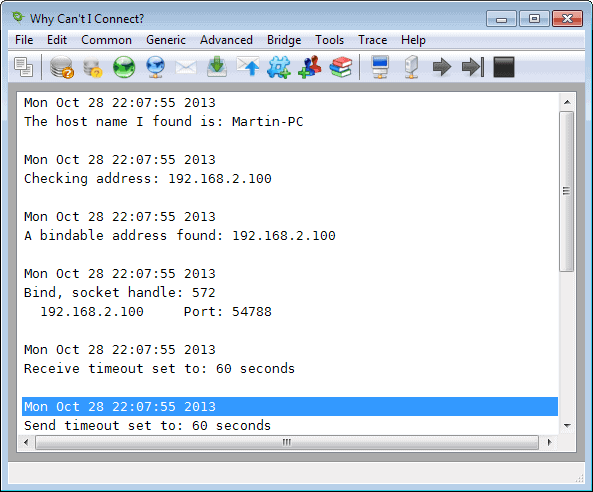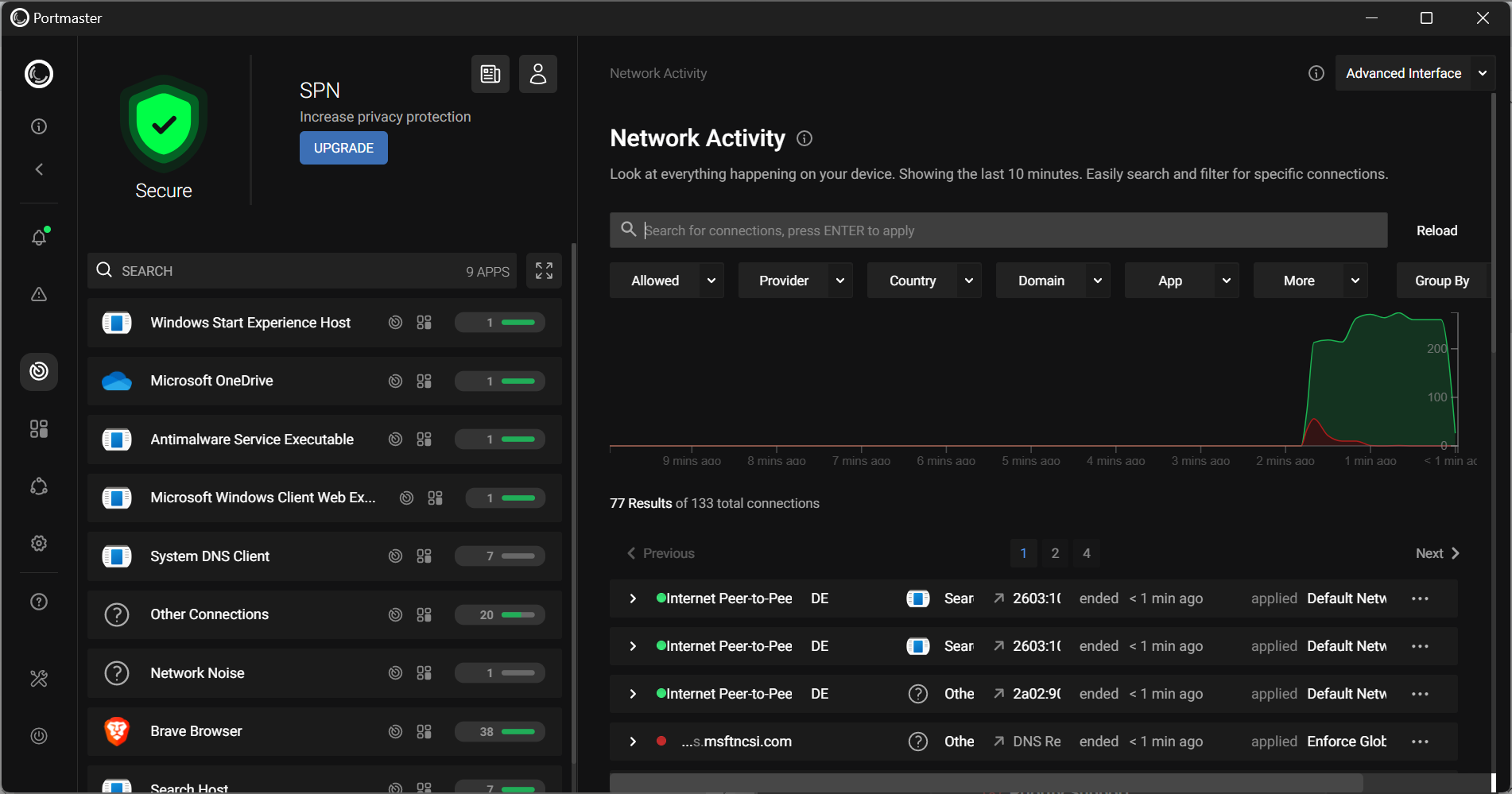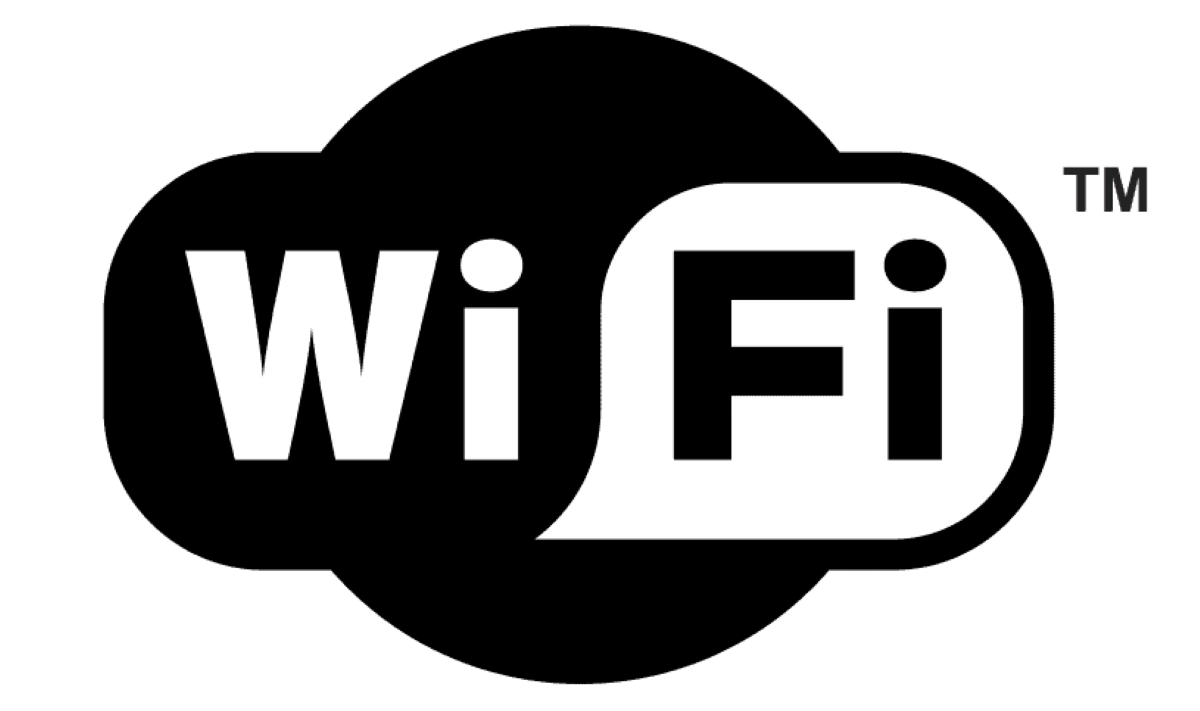Diagnose why you can't connect to servers or sites

Most programs that you use to connect to servers or site on a local network or the Internet display only basic information when a connection attempt fails.
These basic information are usually not enough to find out why the connection failed, and while it sometimes helps to try again, you often need to troubleshoot the issue to find out what is happening.
Operating systems ship with tools that let you do so. You can use basic commands such as ping or tracert for example to find out more about a connection.
The free cross-platform application Why Can't I Connect? has been designed to resolve TCP/IP connection errors.
Diagnose connection errors
The free program displays a blank screen on startup. You need to use the file toolbar or main toolbar to test various connection types. The supported operations include testing the following connections:
- Connection to a Microsoft SQL Server or MySQL server
- Connections to FTP or SFTP servers
- Connections to POP3, IMAP or SMTP servers
- Connections to an IRC server
- Connections to an LDAP server
- Connections to an Usenet server
- Generic client or server connections based on IP address / hostname and port.
To start, select one of the available options and enter IP address / hostname and port information, or other required information, to start the diagnosis of the connection. The process may take a while and you are presented with an overview in the end that helps you find out more about the connection failure.
Note that this dialog is complemented by a log of all connection attempts and look-ups the program made in the main interface.
If the connection fails, you will receive suggestions why no connection could be established to the selected server.
One interesting option that you have is to create a generic server or client and test the connectivity of the computer using them. This can be useful to make sure that generic connection attempts are not blocked. If they are blocked as well, you can be fairly certain that something is preventing the connection (a firewall for instance), and if the connection goes through, you may want to start looking into the service's configuration to double-check that all parameters are in order.
The advanced menu provides you access to the entire socket process from Bind to Close so that you can go through each step of the process one by one.
Why Can't I Connect supports other features, like bridging, which inserts the application between a client and server so that you can better diagnose connection attempts between the two systems.
Closing Words
Why Can't I Connect is a helpful troubleshooting tool for various operating systems that you can use to diagnose connection issues between client and server systems.
Advertisement

















For me, the built-in tracert command is enough for most cases.